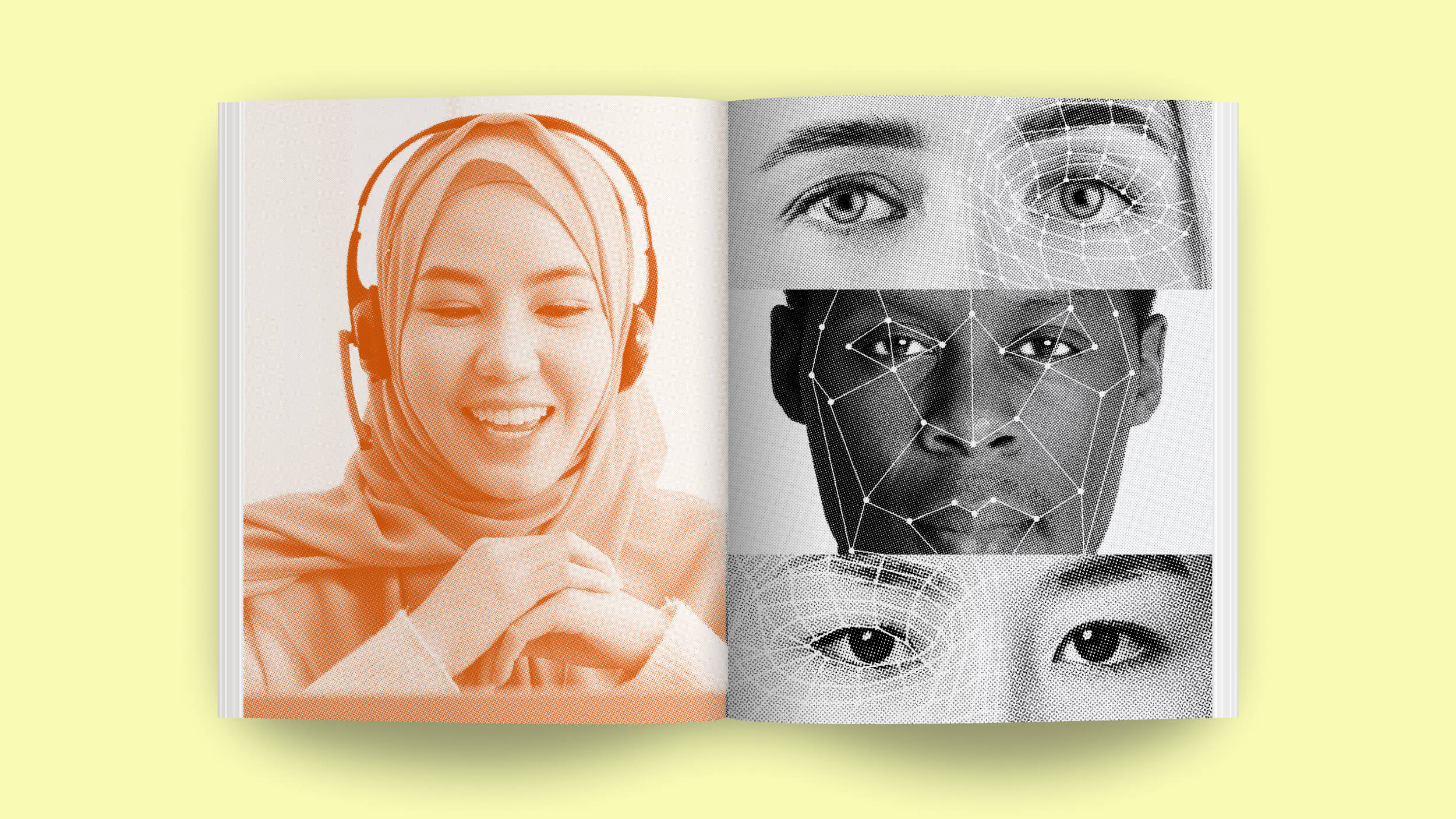That we are not instinctively built that way must be recognized if we’re going to get beyond the risks of not being built that way.
David Ropeik: We are stuck in a post enlightenment fealty to pure Cartesian logical reason. “We’re smart. We’re at the peak of evolution. We have this powerful ability to think.” To paraphrase Ambrose Bierce from the Devil’s Dictionary however, the reality is, and there is lots of science about this, the brain is only the organ with which we think we think. Its job is not to win Nobel Prizes and to pass math tests. Its job is to get us to tomorrow. It’s a survival machine and it plays a lot of tricks with the facts in order to get us to tomorrow. That worked pretty well when the risks were lions and tigers and bears and the dark oh my. It’s not as good now when we need to rationalize and reason and use the facts more with the complicated risks we face in a modern age - climate change and genetically modified food and unsustainable living on the planet and—that takes a lot more thinking, kind of cognitive, slow, more effortful thinking.
That we are not instinctively built that way must be recognized if we’re going to get beyond the risks of not being built that way. It would be ultimately rational and reasonable for the rationalists and the Cartesians to accept what the science now tells us, which is the brain is only the organ with which we think we think and there is a lot of subjective mess that goes into the decisions we make that often fly in the face of the facts. We better accept that and understand it, so that we can apply that in order to avoid the pitfalls of our subjective way of perceiving the world. If we know why we get it wrong, if we know what subjective influences that Daniel Kahneman and Paul Slovic and a whole lot of really smart people have figured out about why our judgments don’t match the facts, if we know why we’re irrational more than just accepting that we are, the evidence says we are, but if we know why we can use those insights to say woops that is why we’re making this mistake about X, Y or Z and avoid the dangers of making that mistake.
Our brain is hardwired and the chemistry of the brain guarantees that we feel first and think second and that’s initially when we encounter information, but in an ongoing basis between the facts and the feelings in our brain the feelings carry more weight. I mean the feelings are—they feel wonderful, but they might be wrong. Recognizing that they might be wrong here is what you can do. Take more time. If the brain jumps to conclusions out of emotion first and more and there is plenty of science on this, just assume that your first decision might not be the most informed one. Don’t leap to conclusions, make up your mind quickly. Take more time, a half an hour, an hour, a day, two. Think about it. Cogitate on it. Get more information. Get more information, not just from sources who already tell you what you know and believe because that is just going to reinforce what you know, which will feel great, but may not add to your knowledge, but take more time and get more information and that allows that information and the fact side of this dual system to play more of a role.
Let me give you an example. Vaccines, let’s take—there is a relatively new vaccine HPV vaccine, human papillomavirus vaccine for young, pre-sexual aged daughters and they are now actually recommending it for boys too. Some versions of the virus are a scourge cause of cervical cancer and other sexually transmitted diseases. Well the first reaction many people might have is to the word vaccines. That has a whole stigmatized uh-oh. That’s a natural, emotional, first subjective protective way the brain is going to react to vaccines. If you just went with the reaction right there it isn’t as informed as looking up what is the prevalence of cervical cancer amongst girls in your demographic, your age group, your gender, your neighborhood, your walk of life. That would be interesting and helpful information. What are the side effects of the vaccine? Find out. I'm not making up your mind for you about the vaccine, but do you see how instinctively your first reaction to vaccines uh-oh starts to broaden against the subjective pitfalls of maybe getting it wrong if you give yourself more time and get more information?
Know that the brain’s instinct is to make quick decisions and to lean on instinct and affect and emotion first to make them and that might get you into trouble as a tool for making healthier choices and the quick, simplest, handy way to do that is give yourself more time, get more information from trustworthy sources and let the fact side of your reasonable, reasoning, rational, great computer up there play more of a role in the decisions you make.
Directed / Produced by
Elizabeth Rodd and Jonathan Fowler






